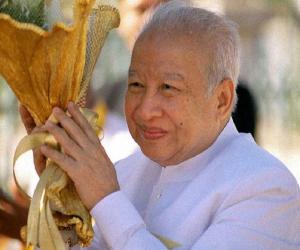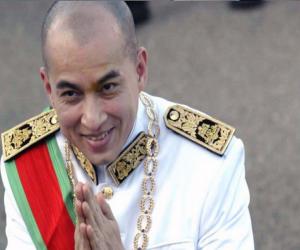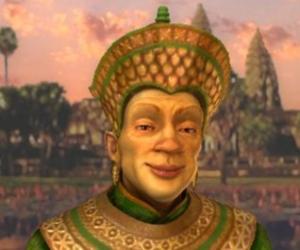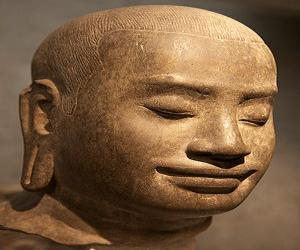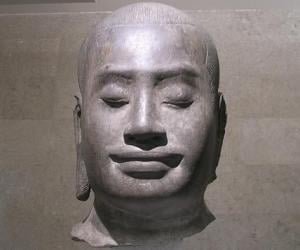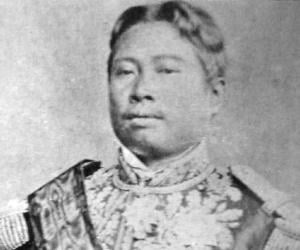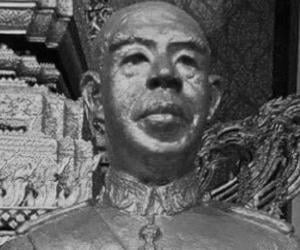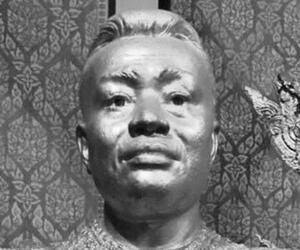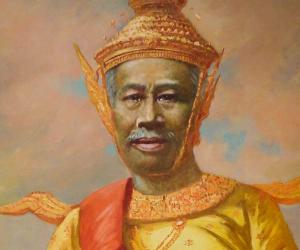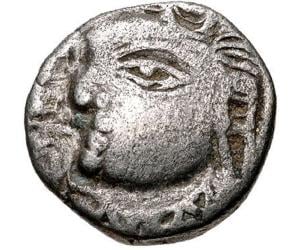1
Norodom Sihanouk
(Former Ruler of Cambodia)
Birthdate: October 31, 1922
Sun Sign: Scorpio
Birthplace: Royal Palace, Phnom Penh
Died: October 15, 2012
Norodom Sihanouk was a key figure in Cambodian politics, serving as both King and Prime Minister during his career. He led Cambodia through various regimes and political changes, including periods of French colonial rule, independence, and communist influence. Sihanouk was known for his one-party rule and suppression of political dissent, as well as his involvement with the Khmer Rouge during the Cambodian Civil War. Despite his controversial associations, he played a significant role in shaping modern Cambodia and guiding the country to independence.
